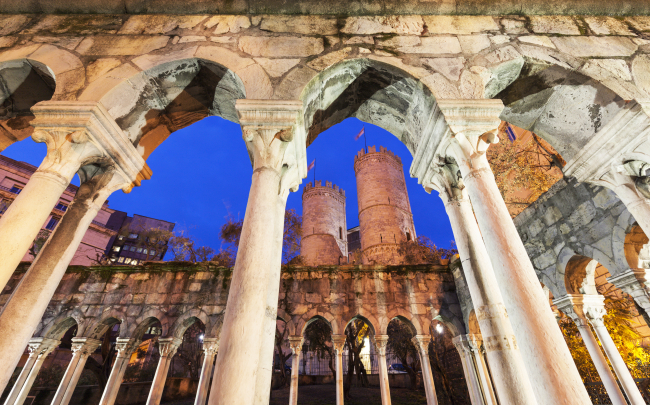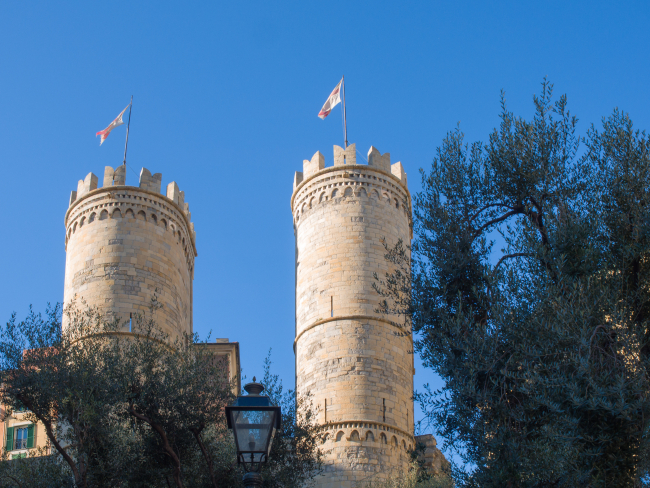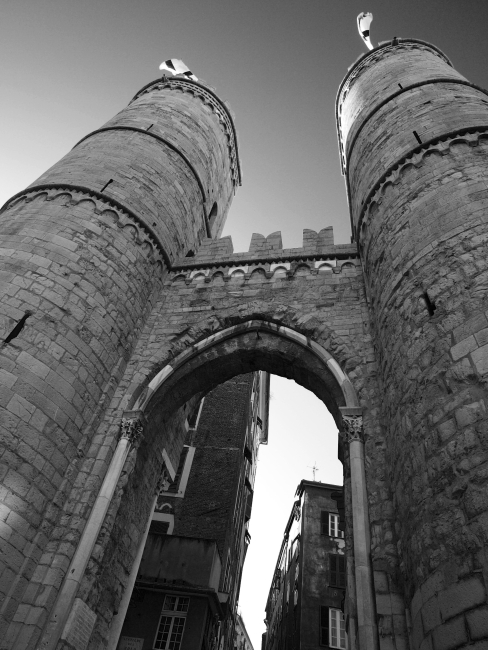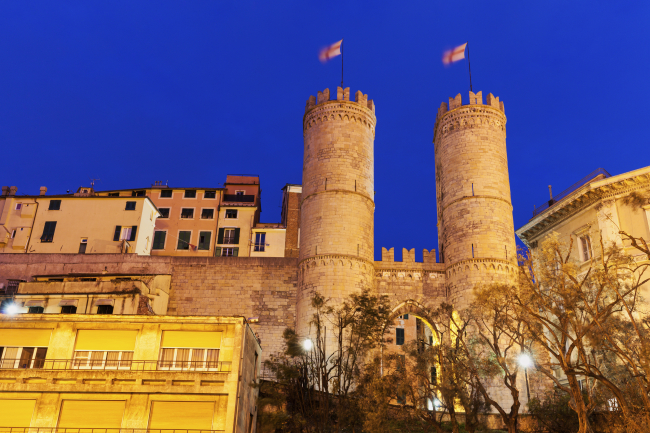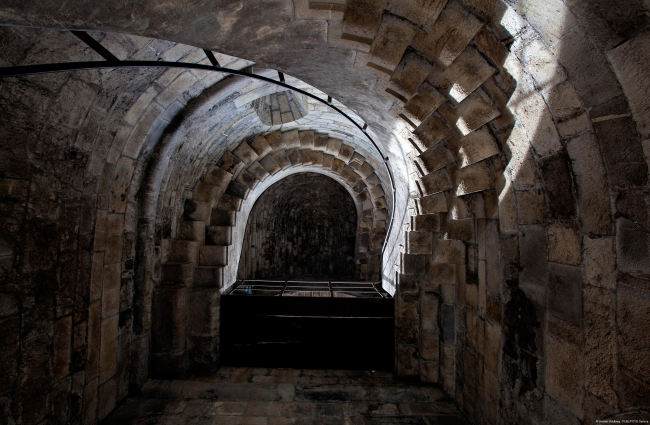Porta Soprana (Towers of Sant'Andrea) and Barbarossa Walls
Close your eyes and imagine traveling back in time. We are in the Middle Ages, in the time when Frederick I of Swabia lived, known as Frederick Barbarossa, emperor of the Holy Roman Empire. Driven by expansionist aims, Barbarossa set his sights on the Mediterranean and Genoa entered his sights.
For this reason in the 12th century the Genoa's new city walls were built, in order to defend the independence of the Republic. They were named after the Emperor: Barbarossa Walls, precisely
The vast majority of the city's inhabitants participated, both materially and financially, in the work required, which was thus completed in record time between 1155 and 1159, while 1161 saw the completion of three of the two-towered gates: Porta Soprana, Porta Aurea and Porta di Santa Fede.
Porta Soprana served as the entrance to the city for those arriving from the east, looking over the plane of Sant'Andrea, which took its name from a monastery demolished in the 19th century to create Via Dante and the building that currently houses the Banca d'Italia.
All that survives of the monastery today is the splendid Romanesque cloister.
Barely a stone's throw away is the house-museum of Christopher Columbus.
The towers are closed to the public.
Useful info
from Tuesday to Thursday
Columbus House 11-15
Friday, Saturday and Sunday
Casa di Colombo and Towers of Sant'Andrea (Porta Soprana) 10-16
Closed: Monday
April-May and September-October
from Tuesday to Sunday
Casa Colombo 11- 17
Towers of Sant'Andrea 11.30-17.30
Closed: Monday
June July August - Tuesday to Sunday Casa Colombo 11-18 Towers of Sant'Andrea 11.30-18.30 Closed: Monday




